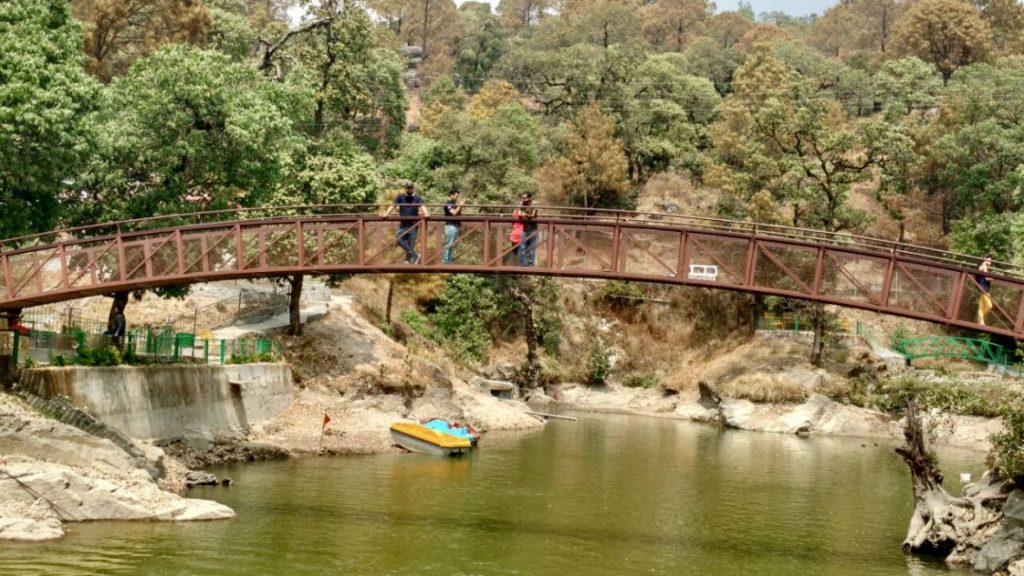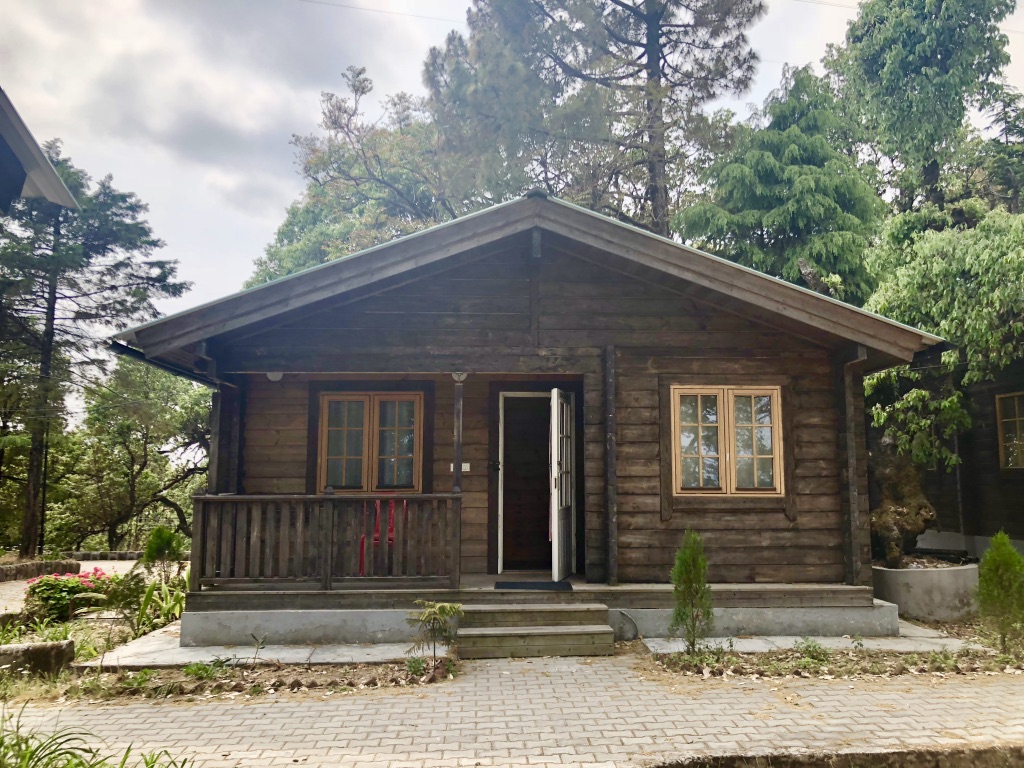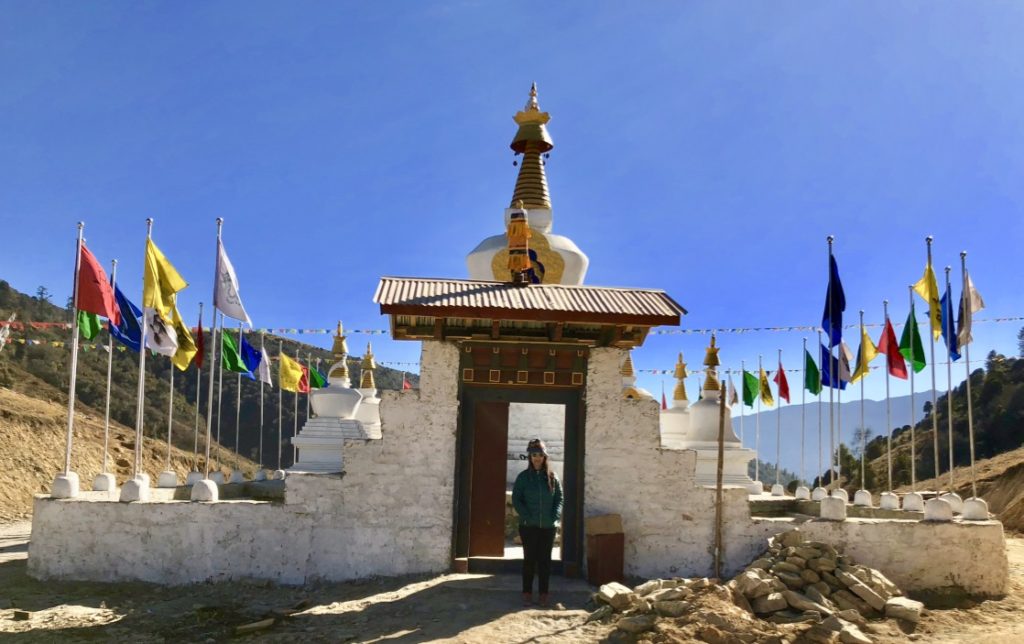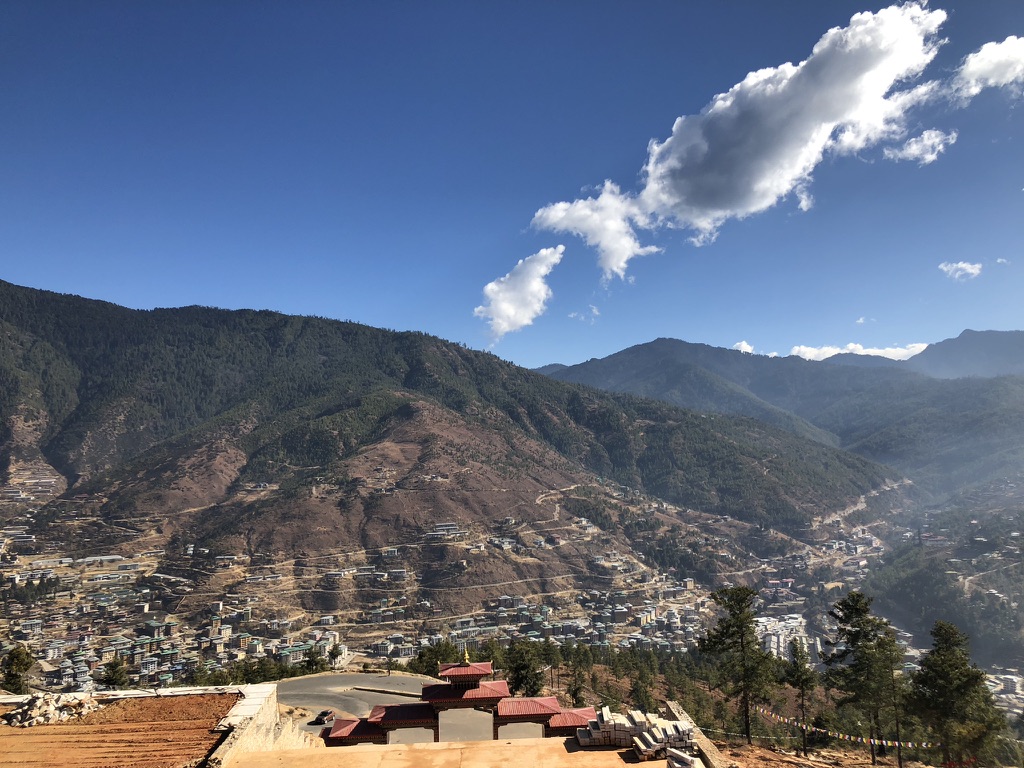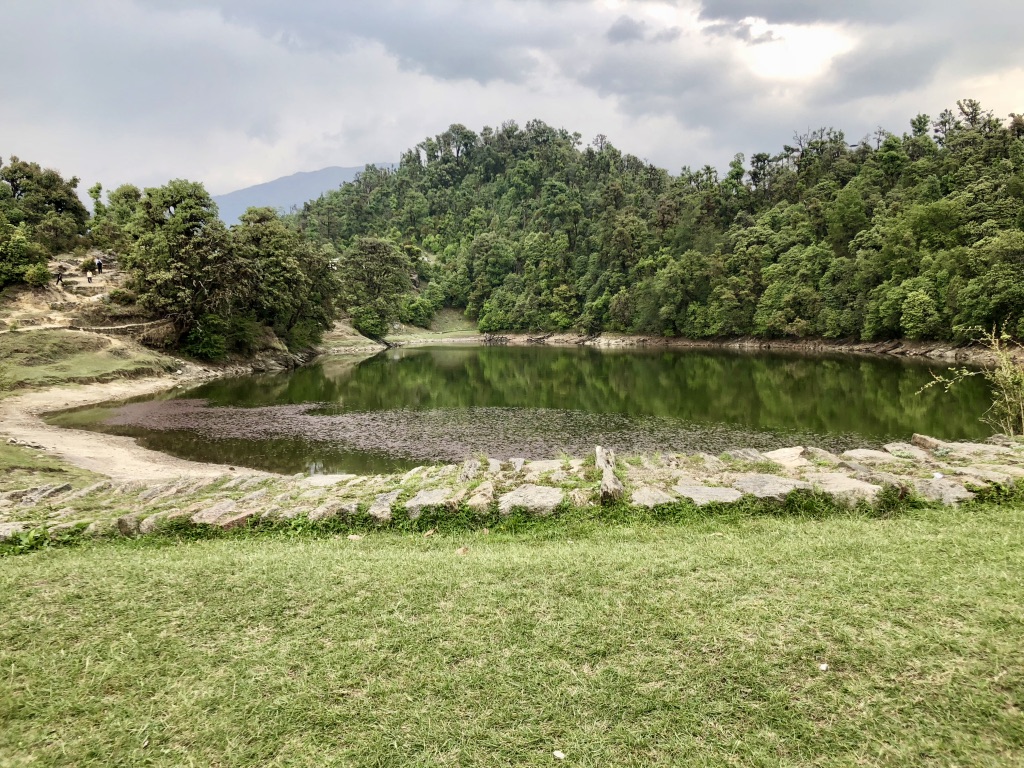For centuries, some cities have become India’s poster images. Jaipur is one of them. The terracotta pink architecture, the colorful turbans and skirts (lehengas), the gorgeous windows, and mouthwatering thalis ( plate of delicacies) – No, Jaipur cannot be summed up in these words. It is more than that. As a Delhiite, I have been to Jaipur a couple of times and wondered- why is it called the Pink City, at all? I discovered in my last visit that it is not just about the pink architecture. It is more than that.

Where is Jaipur?
A little Wikipedia info would tell you Jaipur is the capital of ‘Rangeela Rajasthan’ (Colorful Rajasthan)- A state of Rajas and Maharajas ( kings and emperors), camels, and vibrant culture.
Jaipur is the first planned city of Medieval India. In the 1700s the capital shifted from Amer to Jaipur. Maharaja Sawai Jai Singh along with the famous Indian architect Vidyadhar Bhattacharya founded the city of Jaipur.
Vidyadhar Bhattacharya, the chief architect of Jaipur city, used the holistic principles of Shilpa Shastra and Vastu Shastra to create the whole grid structure of the city. His well thought out plan was based on the research of ancient Indian Literature on astronomy as well as the principles given by European scholars Ptolemy and Euclid
It was founded by Rajput ruler Jai Singh 2 in 1727. While the UNESCO World Heritage Committee inscribed Jaipur as the Pink City of India, it is also home to UNESCO World Heritage Sites Amber Fort and Jantar Mantar”.
What to see in Jaipur?
Jaipur is home to many forts, palaces, sumptuous cuisines, and bustling markets. But my umpteen visits to the city tells me that one should carefully choose what one wants to see here. Here is my assorted list.
a) Amer Fort or Amber Fort– Amer Fort is situated at a distance of 11 km from Jaipur. The 16th-century fort stands majestically at a sprawling complex with pale yellow walls. Amer Fort is recognized as a UNESCO heritage site and is a must-visit for all.
If you are arriving on foot, you will enter the fort through Suraj Pol, and if by car, then Chand Pol will be the gate that’ll lead you inside.
Don’t blame the historic site if you fall in love with its architecture. The fort is divided into four main sections each opening into a courtyard. Inside the fort, there’s a woman section called zenana, gardens, temples, Diwan-e- Aam ( Durbar for Commoners ), and the breathtaking Sheesh Mahal.The most interesting feature of the fort is the tunnel that connects the Aamer fort to the Jaigarh fort.
While you can always hire a guide who’ll tell you interesting stories about the place, but a light and sound show would take you back in time.

b) Jal Mahal: Jal Mahal sits pretty on Mansagar Lake. You can only visit it from the banks of the lake today. Originally it used to be a summer resort for the Royal family where the kings would throw lavish parties. Today people take a stroll on the lakeside, watching the palace from a distance. But the banks are full of hustle-bustle. You can enjoy ice creams and shop a few local handicrafts.

Jal Mahal is constructed from Pink Sandstone and what appears like a single-story, has actually four submerged levels. The fort is constructed from the specially designed lime mortar that has prevened water seepage for years and has solid stone walls that can hold millions of liters of water.
c) City Palace
City Palace constructed by Maharaja Sawai Jai Singh II reflects the fusion of Mughal and Rajput architecture. The City Palace occupies one-seventh of the old city of Jaipur. Like most Indian palaces it has temples, gardens, and courtyards. The feature that stands out in City Palace is the museum that displays the heirloom of the bygone era.
The palace is open from 9.30 in the morning. The palace reserves the visit to the most beautiful section -Chandra Mahal, only for the select few- with a relatively high ticket price of INR 2500, otherwise, it is around INR 190 for Indians and INR 500 for non-Indians.

Nahargarh Fort: Nahargarh means the home of tigers. It is said that Tigers used to roam around the area and hence it was christened as Nahargarh Fort.
The fort is spread over Aravalli hills and offers beautiful views of Jaipur city. It was in fact constructed to guard the city. Fortunately, the fort was never attacked by the enemies. Built-in 1734 by Sawai Jai Singh, the fort was mainly used as a retreat for the kings and queens.
Another interesting section of Nahargarh fort is Madhvendra Bhavan. It is said that its 12 suites for the queens of Sawai Madho Singh were constructed in a way that when the king visited one of his queens, others could not find out!
The Legend Of Nahargarh
The legend goes that the fort was named Sudarshangarh, but came to be called Nahargarh to appease the spirit of Nahar Singh Bhomia, a deceased prince, who started haunting the place. It is believed that a temple was also constructed in the fort complex to root out the problem.
The Entry Fee to Nahargarhh
The entry to the Nahargarh fort will cost you INR 50 if you are an Indian citizen and INR 200 if you are a foreign citizen.
Be prepared to walk for miles in the stunning premises. There are a few restaurants in the complex where you can grab quick bites. What you shouldn’t miss is the stunning view of the Pink City Jaipur. From above, the city looks like a toy land.
Jantar Mantar
Jantar Mantar is a famous astronomical observatory enlisted in the UNESCO heritage list. It is used to measure the distances and positions of celestial objects. India has a total of five such observatories, the largest being in Jaipur. Out of 19 large instruments here, made out of stone, the most significant is the Samrat Yantra – the largest sundial in the country. It was constructed by Maharaja Sawai Jai Singh II who was a great patron of astronomy.

Hawa Mahal- Hawa Mahal is the most distinct landmark of Jaipur city. Built-in 1799, it is also called the palace of breeze with 953 regal windows, that let the breeze in through the palace. Hawa Mahal is the perfect Summer Palace built keeping in mind the climate of Jaipur. It also allowed the ladies to peek through the windows and enjoy the hustle-bustle. Purdah system, being the strict norm, the queens were mostly restricted inside the palaces and hence these windows became their lenses to the outer world.
The Must Do List In Jaipur
Shopping
Apart from the beautiful forts and museums, one shouldn’t skip the shopping tours to Bapu Bazaar and Nehru Bazaar. You’ll find amazing dupattas, mojris, and other handicraft items. I purchased a colorful Jaipuri coat from Bapu Bazaar.
Food
The second thing not to miss is the food. Try dal baati choorma- Rajasthan’s favorite cuisine. Laal Mass, Gatte Ki Subzi and lavish thalis are some other delicacies to try.
In Jaipur, you’ll find many cafes and restaurants in every budget. 1135 AD at Amer Fort, for instance, is famous for luxury dining. Anokhi Cafe is another languid cafe, you might want to try. However, what you shouldn’t miss are the desserts and sweets in Jaipur. Ghewar, Mohanthal, Churma Laddoo, Balushahi and so on.
Culture
Last but not the least is the culture. You can stop at Chokhi Dhani to soak up the vibrant culture of the place. You’ll find Rajasthani puppet shows, folk dances, folk songs- all at one place. Chokhi Dhani also offers a variety of thalis (food platters) for the tourists to choose from.

What makes Jaipur the Pink City?
Now starting from where we began. The textbook answer to what makes Jaipur a Pink city would be of course its Pink monuments. But the real pink vibe is about the energy in the streets and the heritage in its walls. Jaipur is Pink because it is beautiful. It is beautiful because of its people, its culture, heritage – all three of them woven with one electrifying pink streak.


